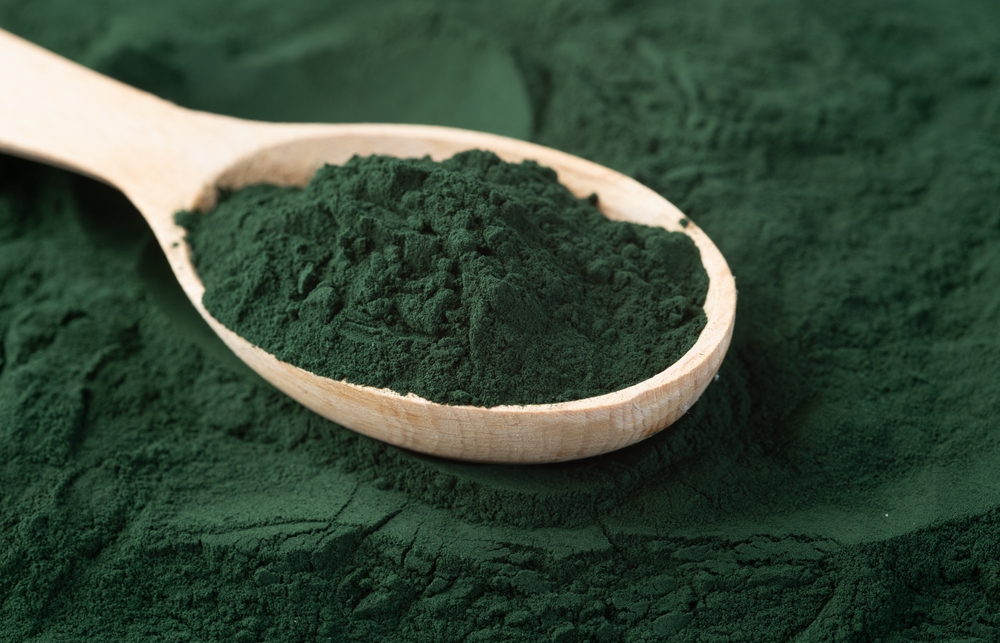Vitamin K2: The Unsung Hero of Bone and Heart Health
Vitamin K2, a lesser-known nutrient in the vitamin K family, has been quietly gaining attention in the scientific community for its potential role in maintaining bone strength and cardiovascular health. Unlike its more famous cousin, vitamin K1, which is primarily found in leafy green vegetables, K2 is synthesized by bacteria and found in fermented foods and animal products. This distinction has led to a growing body of research exploring the unique benefits of K2, particularly in its ability to direct calcium to the bones and away from arteries. As our understanding of nutrition evolves, vitamin K2 is emerging as a crucial player in the complex interplay of nutrients that support overall health and longevity.

It wasn’t until the 1970s that researchers began to fully appreciate the unique properties of K2. Japanese scientists studying natto, a traditional fermented soybean dish, found that it contained high levels of menaquinone-7 (MK-7), a form of K2. This discovery sparked interest in the potential health benefits of K2, particularly in relation to bone health.
Mechanisms of Action
Vitamin K2’s primary function in the body is to activate proteins that play crucial roles in bone formation and calcium regulation. One of these proteins, osteocalcin, helps incorporate calcium into bone tissue. Another, matrix Gla protein (MGP), prevents calcium from being deposited in soft tissues like arteries and organs.
When K2 is present in sufficient quantities, it ensures that these proteins are fully activated, allowing them to perform their respective functions effectively. This dual action of promoting bone mineralization while inhibiting arterial calcification has led researchers to propose that K2 may be a key factor in preventing both osteoporosis and cardiovascular disease.
Dietary Sources and Supplementation
Unlike vitamin K1, which is abundant in leafy greens, K2 is found primarily in animal-based foods and fermented products. Rich sources include natto, certain cheeses (particularly those made with bacteria), egg yolks, and organ meats. The challenge lies in the fact that many Western diets are low in these traditional foods, potentially leading to widespread subclinical K2 deficiency.
This realization has led to increased interest in K2 supplementation. Various forms of K2 supplements are available, including MK-4 and MK-7. MK-7, derived from natto, has gained popularity due to its longer half-life in the body, allowing for sustained activation of K-dependent proteins with once-daily dosing.
Clinical Research and Potential Benefits
Recent years have seen a surge in clinical research exploring the effects of K2 supplementation on various health outcomes. Studies have shown promising results in areas such as bone density improvement, reduction of arterial stiffness, and even potential anti-cancer properties.
One notable study published in the Journal of Bone and Mineral Research found that postmenopausal women who took K2 supplements for three years had significantly less bone loss compared to those who took a placebo. Another study in the journal Thrombosis and Haemostasis demonstrated that K2 supplementation could reduce arterial stiffness in postmenopausal women.
Synergy with Other Nutrients
One of the most intriguing aspects of vitamin K2 research is its synergistic relationship with other nutrients, particularly vitamin D and calcium. While calcium is essential for bone health, excessive amounts can lead to arterial calcification if not properly directed. Vitamin D enhances calcium absorption, but without adequate K2, this increased calcium may not be optimally utilized.
This interplay has led some researchers to propose a “holy trinity” of bone and cardiovascular health: vitamin D, vitamin K2, and calcium. The idea is that these nutrients work together to ensure that calcium is directed to the bones where it’s needed, rather than accumulating in arteries where it can cause harm.
Challenges and Future Directions
Despite the growing body of evidence supporting the importance of K2, several challenges remain. One is the lack of standardized testing for K2 status in the body, making it difficult to assess deficiency or optimal intake levels. Additionally, more long-term studies are needed to fully understand the effects of K2 supplementation on various health outcomes.
The future of K2 research looks promising, with ongoing studies exploring its potential role in diabetes management, cognitive health, and even athletic performance. As our understanding of this vitamin deepens, it may lead to new approaches in preventive medicine and nutritional recommendations.
Conclusion
Vitamin K2 represents a fascinating frontier in nutritional science. Its unique ability to influence calcium metabolism offers potential benefits for both skeletal and cardiovascular health, addressing two major public health concerns simultaneously. As research continues to unfold, K2 may emerge as a critical nutrient for maintaining overall health and preventing age-related diseases. While more studies are needed to fully elucidate its effects, the current evidence suggests that paying attention to K2 intake, whether through diet or supplementation, could be a wise strategy for supporting long-term health and well-being.




